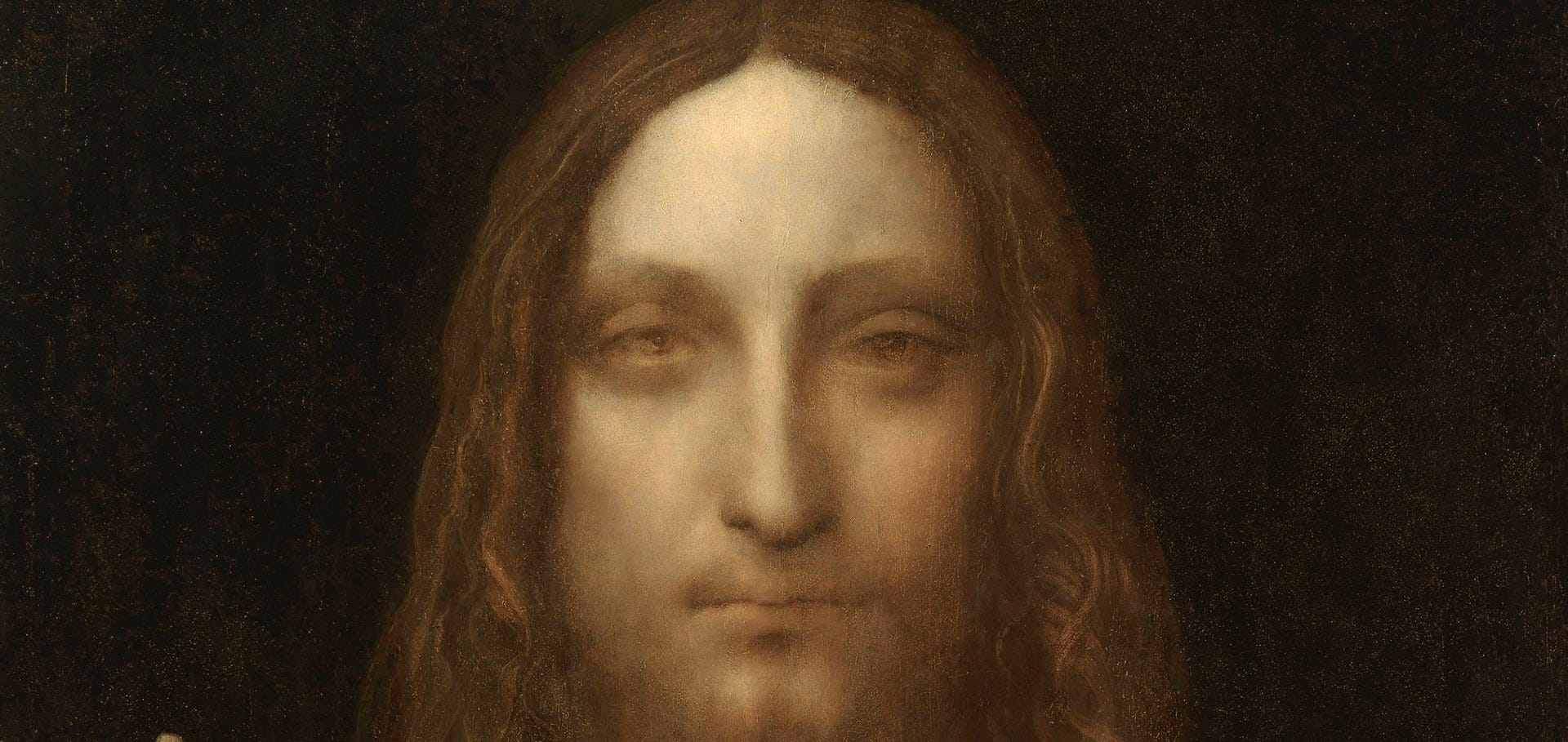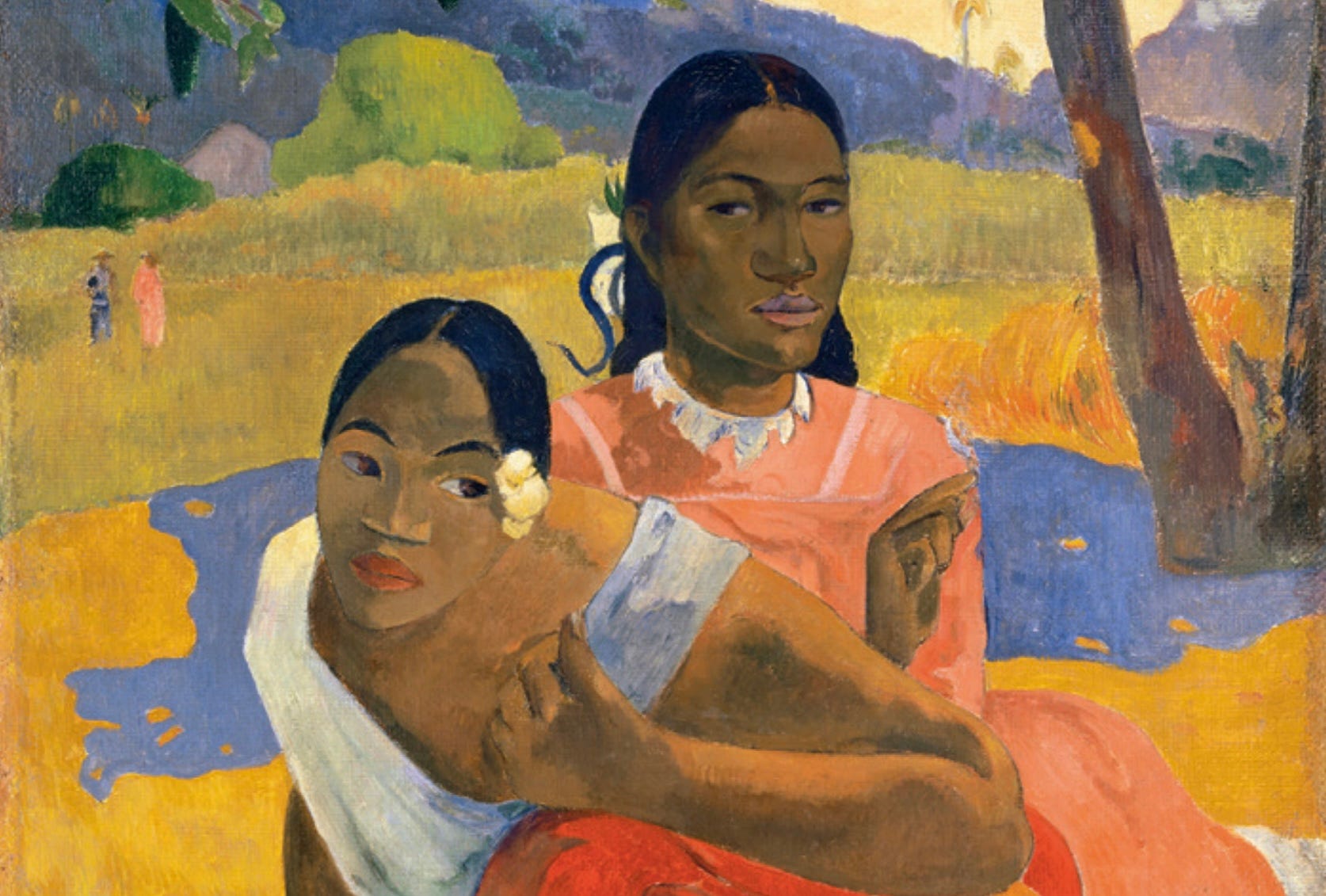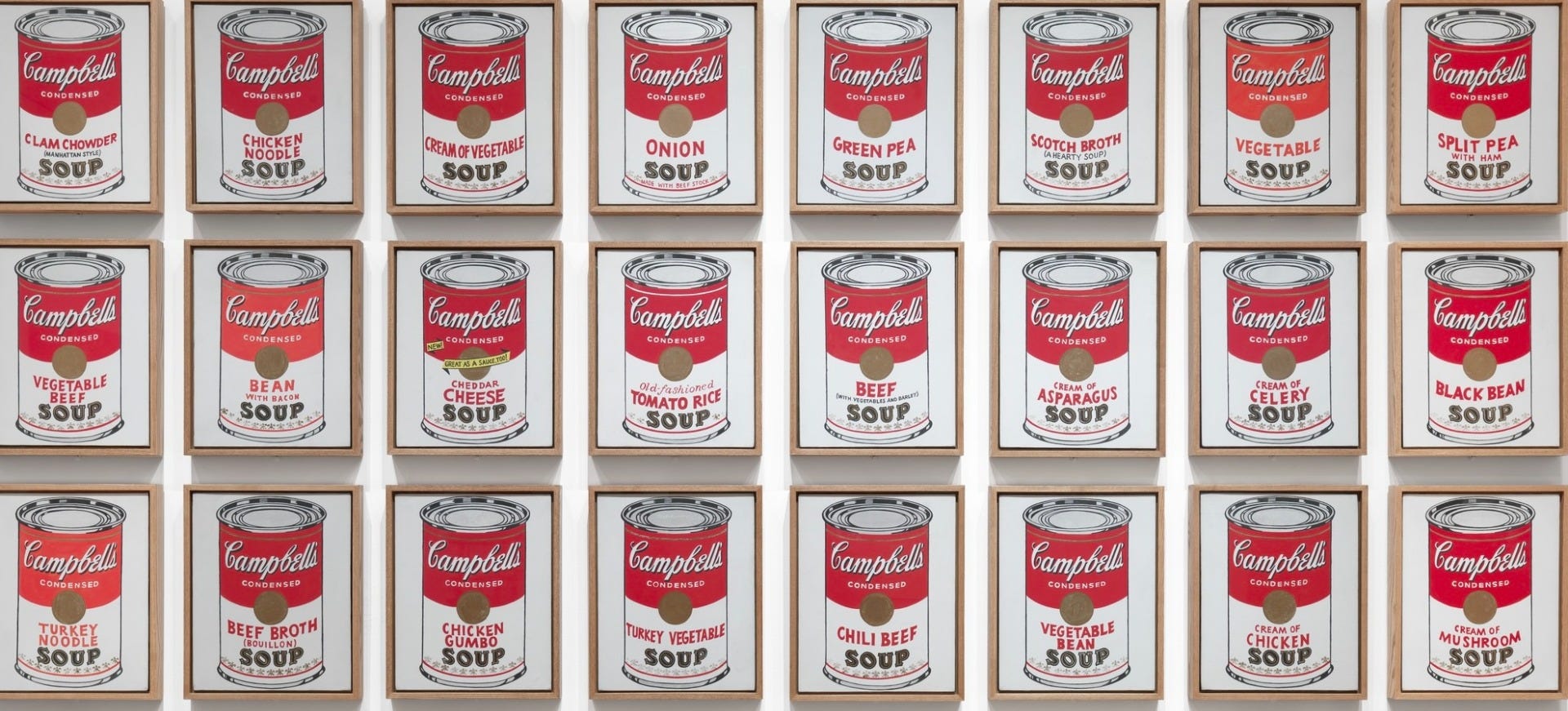History Of Art Forgery and Famous Artists
- Aug 31, 2023

Image: Han van Meegeren - Supper at Emmaus, Forgery of Johannes Vermeer, c. 1937
For every beautiful masterpiece created by a laboring artist, there is an equally capable and no less idealistic forger ready to make as much money as possible. Throughout history, people have passed off forgeries as originals to bilk prospective art collectors out of their money. Some forgers have gone above and beyond mere imitation to become famous in their own right. These forgers have been both reviled and celebrated for their actions, and they will go down in history for their efforts. While art forgery is a serious matter and extremely detrimental to the field of art collecting and the creation of art itself, it is no less interesting and notable to examine and study these infamous names.
A Short History of Art Forgery
Art forging has been around as long as people have been creating art. The first known forgers date back to Roman times, where Roman sculptors created forgeries of Greek works of art to sell to prospective buyers. In those times, the identity of the artist wasn’t as important as it became in later periods, so buyers weren’t necessarily concerned with the authenticity of the product.
In Renaissance times, it wasn’t necessarily seen as art forgery. Masters would often take on students who would copy their works to learn technique and style, and then resell these practice pieces for profit. It wasn’t until around the 15th century that art forgery became known for what it is today. During this time, art became more of a commercial commodity, and the desire for authentic copies from deceased artists became a significant concern for art collectors. Faked signatures and other identifying marks began to appear on various works.
From then on, art forgery boomed just as the art world itself did. While risky, the forgery business has been fruitful, with one of the highest-selling fakes being a Cezanne sold at Drouot, the primary auction house in France.
Famous Art Forgers
Han van Meegeren
Born in Amsterdam in 1889, this painter became one of the most infamous art forgers of the 20th century after being rejected repeatedly from various artistic institutions. Critics of his time deemed his art “tired and derivative.” To prove his skills, he forged works by artists such as Borch, de Hooch, and Vermeer. His forgeries were so successful that they passed as originals. Convicted of forgery, falsification, and fraud in 1947, van Meegeren received a one-year prison sentence but died of a heart attack before serving his term.
Elmyr de Hory
A Hungarian born in 1906, de Hory sold over a thousand forgeries to galleries worldwide. After arriving in Paris post-World War II, he struggled as an artist. He sold an ink and pen drawing to a British tourist, who mistook it for an original Picasso. Realizing the potential, de Hory distributed his “Picassos” to Paris galleries. His life and forgeries were the subject of Orson Welles’ documentary, “F for Fake.”
Tom Keating
Born in London in 1917, Keating created more than 2,000 pieces from a hundred different artists. Initially working as an art restorer, he grew resentful of the process and began forging original works in the style of other artists. His first forgery was a Frank Moss Bennett painting. Keating consigned it to the West End Gallery and continued producing forgeries until his arrest in 1977, where he pled guilty.
Mark Landis
Born in Norfolk, Virginia, in 1955, Landis became infamous for donating forgeries to museums. An artist himself, Landis faced financial difficulties and began creating copies of famous works, donating them to museums over two decades. Since he donated his forgeries, he never broke the law and was never tried.
Wolfgang Beltracchi
Germany in 1951, admitted to forging hundreds of paintings in a worldwide project that earned him millions of euros. Along with his wife Helene, he sold forged works by famous artists like Leger, van Dongen, and Ernst. Found guilty in 2011, Beltracchi received a six-year prison sentence and was released in 2015 after serving three years.
Michelangelo
Even the Renaissance master Michelangelo dabbled in forgery. In 1496, he passed off a sculpture of a sleeping Cupid as an antique. Michelangelo buried the sculpture in acidic soil to age it prematurely. The proceeds from this forgery helped fund his career, leading to the creation of some of the most enduring masterpieces of all time.
Art Forgery In Modern Days
Despite modern techniques and systems to prevent forgeries, the practice remains lucrative. Forgeries still cause significant financial damage. In 2011, a portrait by Frans Hals, sold for $10 million, was found to contain modern materials. This discovery linked to a larger forgery ring, has caused the art world to reassess the reliability of traditional methods for detecting fakes.
Forgery Moving Forward
No matter what preventative measures art collectors, museums, and galleries take, the battle against forgeries is ongoing. Forgery has been around as long as art itself and shows no signs of stopping. To protect themselves, prospective art collectors must remain vigilant and take all possible precautions. With hundreds of millions of dollars at stake, the risk of fakes is too significant to ignore.
Impact on the Art World Today
The art world continues to grapple with the impact of forgeries. As technology advances, so do the techniques used by forgers, making it increasingly challenging to authenticate artworks. This ongoing issue underscores the importance of due diligence and the use of advanced scientific methods in art authentication.
Upcoming Art Events and Exhibitions
Art enthusiasts can look forward to several exciting events in 2023 and 2024 that delve into the world of art forgery and authentication. The “Masterpieces & Mischief: Art Forgery Past and Present” exhibition at The Metropolitan Museum of Art in New York, running from March to September 2023, will showcase famous forgeries alongside genuine works, exploring the history and techniques of art forgery.
In 2024, the Louvre in Paris will host “The Art of Deception: Fakes and Forgeries,” from April to October. This exhibition will feature an array of forgeries from different periods, examining the impact of forgeries on the art market and the ongoing efforts to combat them.
Conclusion
Art forgery, despite its detrimental effects, remains a fascinating aspect of the art world. The stories of famous forgers and their methods provide insight into the complexities of art authentication and the value of genuine art. As the art world continues to evolve, so do the challenges in detecting and preventing forgeries. By understanding the history and current state of art forgery, collectors and enthusiasts can better appreciate the importance of authenticity in art.
Stay informed about the latest developments and exhibitions related to art forgery and other intriguing art topics on Musart.com, where art history comes alive.





